Powerful Chola Rulers Of Southern India: Patrons Of Architecture, Art And Literature
A. Sutherland - AncientPages.com - Among three prominent Tamil dynasties that ruled in Southern India, the Chola Dynasty, which ruled for four hundred years, is considered to be the most powerful and one of the longest-ruling dynasties; two others were the Cheras and the Pandyas.
It is believed that the center of the Chola Empire was located in the valley of the sacred Kaveri River of southern India, but not much is known about the early Cholas until the rise of Vijayalaya Chola, a king of South India Thanjavur (r. 850 – 870 CE) who founded the imperial Chola Empire.
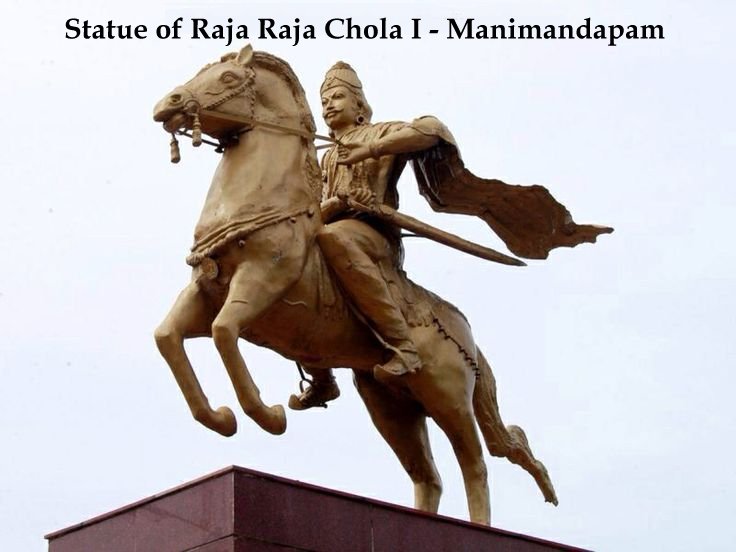
Statue of Raja Raja Chola I - Manimandapam. He was one of the greatest emperors of the Tamil Chola Empire of India
There is a vast number of inscriptions that help to reconstruct the dynasty's later history, which is mentioned in the earliest historical documents known as Ashoka’s Rock Edicts II and XII, a collection of 33 inscriptions on the Pillars of Ashoka as well as boulders and cave walls made by the Emperor Ashoka of the Mauryan Empire during his reign from 269 BC to 232 BC.
The achievements of Vijayalaya Chola were recorded in stone inscriptions and copper-plate foundation documents. He initiated a great period in the history of southern India, which was later continued by other rulers of this dynasty.
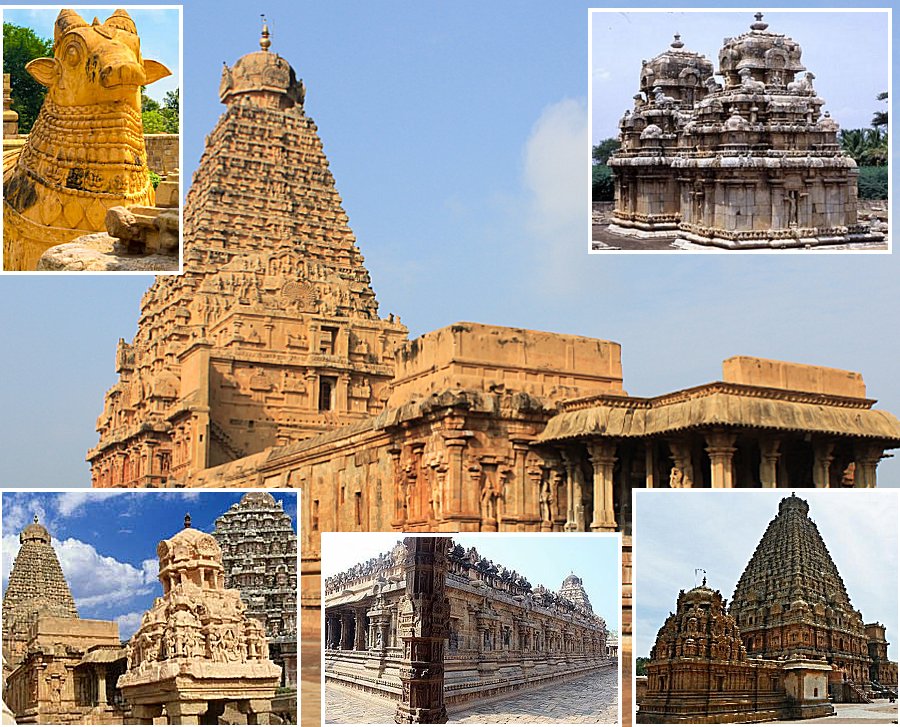
The temples were not only religious institutions but served as centers for economic and educational activities.
Another renowned ruler of the Chola Empire was Raja Raja Chola I (or Rajaraja Chola I, who ascended the throne in 985 and ruled until 1014. He was an efficient ruler, a great warrior, and a great enthusiast of architecture.
He commissioned the building of Brihadeshwara Hindu Temple dedicated to Shiva and located in Thanjavur in Tamil Nadu, southern India. Completed in 1010 AD, this magnificent temple in Dravidian style was the tallest (216 feet) building in India at the time. Its rich endowment included a huge gift of 60 bronzes of which 22 were given by the great King Rajaraja I.
The temple is now part of the UNESCO World Heritage Site known as the "Great Living Chola Temples".
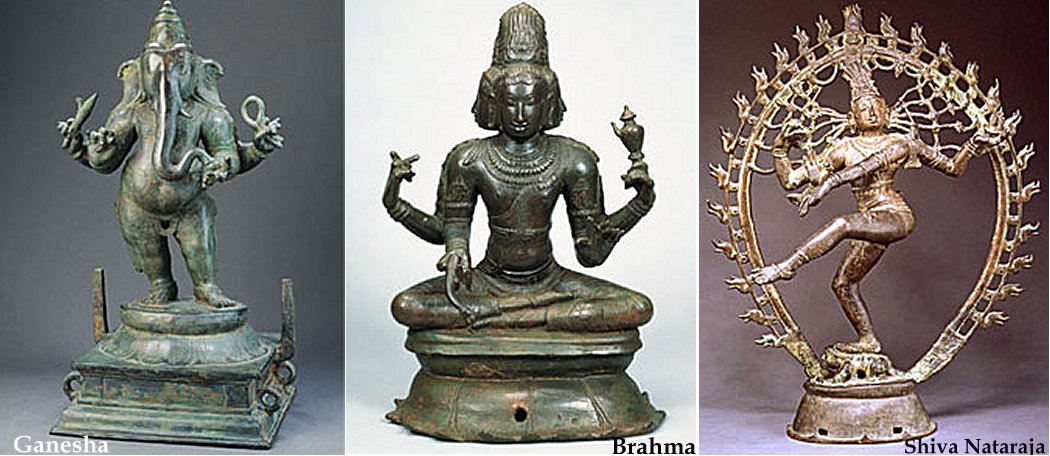
The bronze sculpture was raised to its recognition between the ninth-thirteenth centuries by the imperial Chola dynasty, the patrons of art, literature, and architecture. Source
At their height (about the 9th century till the beginning of the 13th century), the Cholas ruled over much of southern India, extending their control to include Sri Lanka, the Maldives, parts of Indonesia, and north up the coast of the Bay of Bengal to the Godavari basin (in the modern state of Andhra Pradesh.
The empire became very powerful politically, economically, and culturally. Their kings developed agriculture and created wide access to the thriving maritime trade routes, which included those of the Tang dynasty in China, Jewish traders in Aden, Yemen, and the Srivijaya Empire in the Malaysian archipelago. They developed strong trade links with China by sending their embassies. Ships of the Chola Empire carried goods from Africa and West Asia to China.
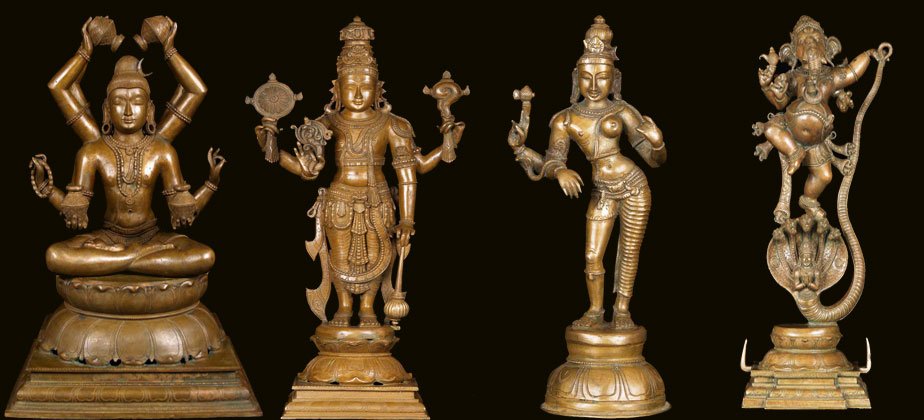
Chola Bronze sculptures. Source
The Cholas also started a large construction project and focused their work on the Tamil arts and literature, and built numerous stone temple complexes richly decorated with depictions of Hindu gods. The Chola skilled master builders used very hard building material, charnockite, and accomplished masterwork in a short time. The temples were not only religious institutions but served as centers for economic and educational activities.
Many argue that the magnificent bronze sculpture related to the Cholas is a masterwork that has never been equaled. The kings of this significantly elevated the art of bronze sculpture. Famous bronze masterwork was based on using the lost wax process. This ancient process was already established at the time the Chola kings came to power, but they additionally contributed to further development of the process and encouraged artists and bronze-smiths to work.
At the beginning of the 13th century, the Chola dynasty began to gradually decline until it was finally absorbed by the powerful Pandya kings.
However, the contribution of the Chola rulers to Tamil literature, art, and architecture has left a lasting and highly noticeable legacy throughout the region.
Written by – A. Sutherland AncientPages.com Staff Writer
Copyright © AncientPages.com All rights reserved. This material may not be published, broadcast, rewritten or redistributed in whole or part without the express written permission of AncientPages.com
Expand for referencesReferences:
Malarvannan, A. The Life of Mahabalipuram
Thapar, Bindia. Introduction to Indian Architecture
More From Ancient Pages
-
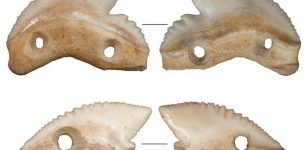 7,000-Year-Old Shark-Tooth Knives Discovered In Indonesia
Archaeology | Oct 27, 2023
7,000-Year-Old Shark-Tooth Knives Discovered In Indonesia
Archaeology | Oct 27, 2023 -
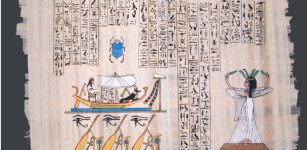 16 Meters Long Ancient Papyrus With Spells From The Book Of The Dead Found In Saqqara
Archaeology | Jan 19, 2023
16 Meters Long Ancient Papyrus With Spells From The Book Of The Dead Found In Saqqara
Archaeology | Jan 19, 2023 -
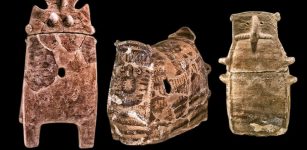 Blue Eyed People In Northern Israel 6,500 Years Ago: New DNA Results
Archaeology | Aug 22, 2018
Blue Eyed People In Northern Israel 6,500 Years Ago: New DNA Results
Archaeology | Aug 22, 2018 -
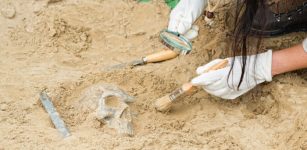 Discovery In Alabama Reveals Evidence Of Skull Surgery In North America Thousands Of Years Earlier Than Previously Thought
Archaeology | Apr 2, 2022
Discovery In Alabama Reveals Evidence Of Skull Surgery In North America Thousands Of Years Earlier Than Previously Thought
Archaeology | Apr 2, 2022 -
 Evidence Hominins Were Present In Europe Far Earlier Than Previously Thought
Human Beginnings | Jan 28, 2025
Evidence Hominins Were Present In Europe Far Earlier Than Previously Thought
Human Beginnings | Jan 28, 2025 -
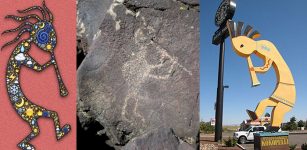 Kokopelli – Popular Trickster God Of The American Southwest Brought Happiness To People
Featured Stories | May 11, 2020
Kokopelli – Popular Trickster God Of The American Southwest Brought Happiness To People
Featured Stories | May 11, 2020 -
 Sleipnir: Eight-Legged Horse With Supernatural Strength That Belonged To God Odin
Featured Stories | Mar 21, 2017
Sleipnir: Eight-Legged Horse With Supernatural Strength That Belonged To God Odin
Featured Stories | Mar 21, 2017 -
 Face Of Very Old “Vampire” Buried In Connecticut Reconstructed
Archaeology | Nov 9, 2022
Face Of Very Old “Vampire” Buried In Connecticut Reconstructed
Archaeology | Nov 9, 2022 -
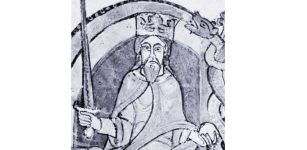 On This Day In History: David I Becomes King Of Scots – On Apr 27, 1124
News | Apr 27, 2016
On This Day In History: David I Becomes King Of Scots – On Apr 27, 1124
News | Apr 27, 2016 -
 Clay Cylinders With Oldest Known Alphabet Unearthed In Ancient Syrian City Of Umm-el Marra
Archaeology | Nov 21, 2024
Clay Cylinders With Oldest Known Alphabet Unearthed In Ancient Syrian City Of Umm-el Marra
Archaeology | Nov 21, 2024 -
 Mysterious Kaali Crater And The Holy Lake – Sacred Ancient Places In Estonia
Featured Stories | Jan 19, 2018
Mysterious Kaali Crater And The Holy Lake – Sacred Ancient Places In Estonia
Featured Stories | Jan 19, 2018 -
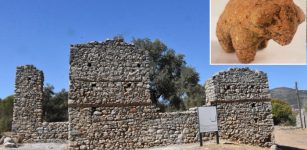 Children’s Toys Among Roman-Era Artifacts Unearthed At Ancient City Of Beçin Turkey
Artifacts | Oct 14, 2020
Children’s Toys Among Roman-Era Artifacts Unearthed At Ancient City Of Beçin Turkey
Artifacts | Oct 14, 2020 -
 Moses’ Secret Knowledge Of Superior And Forbidden Technology – Alien Intervention And Events Erased From Historical Records – Part 2
Ancient Mysteries | Sep 24, 2020
Moses’ Secret Knowledge Of Superior And Forbidden Technology – Alien Intervention And Events Erased From Historical Records – Part 2
Ancient Mysteries | Sep 24, 2020 -
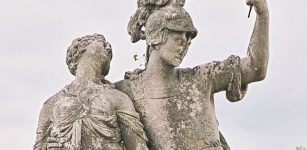 Tyrannical Tarquin The Proud: The Seventh And Last King Of Rome Was Banished
Featured Stories | Jan 28, 2020
Tyrannical Tarquin The Proud: The Seventh And Last King Of Rome Was Banished
Featured Stories | Jan 28, 2020 -
 Abu Dhabi Fossil Dunes May Have Inspired The Ancient Great Flood Story – Professor Says
Archaeology | Jul 10, 2022
Abu Dhabi Fossil Dunes May Have Inspired The Ancient Great Flood Story – Professor Says
Archaeology | Jul 10, 2022 -
 DNA Reveals Stone Age People Avoided Inbreeding
DNA | Mar 9, 2024
DNA Reveals Stone Age People Avoided Inbreeding
DNA | Mar 9, 2024 -
 Carved Symbols Related To The Galician Castro Culture Discovered At Castro de San Vicenzo, Orense, Spain
Archaeology | Oct 11, 2024
Carved Symbols Related To The Galician Castro Culture Discovered At Castro de San Vicenzo, Orense, Spain
Archaeology | Oct 11, 2024 -
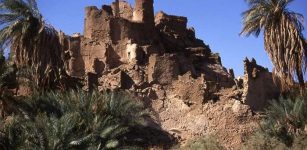 Mysterious Ancient Fortified City Of Djado On Dangerous Journey Across Sahara
Civilizations | Jun 4, 2023
Mysterious Ancient Fortified City Of Djado On Dangerous Journey Across Sahara
Civilizations | Jun 4, 2023 -
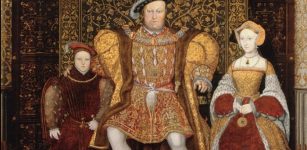 On This Day In History: Henry VIII Ascended The Throne Of England – On Apr 22, 1509
News | Apr 22, 2016
On This Day In History: Henry VIII Ascended The Throne Of England – On Apr 22, 1509
News | Apr 22, 2016 -
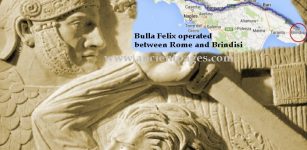 Bulla Felix: Legendary Italian Leader Of Outlaws Who Robbed The Rich And Gave To The Poor
Featured Stories | Mar 23, 2023
Bulla Felix: Legendary Italian Leader Of Outlaws Who Robbed The Rich And Gave To The Poor
Featured Stories | Mar 23, 2023
